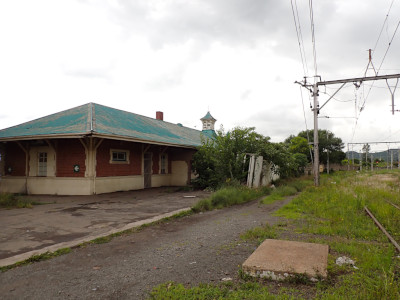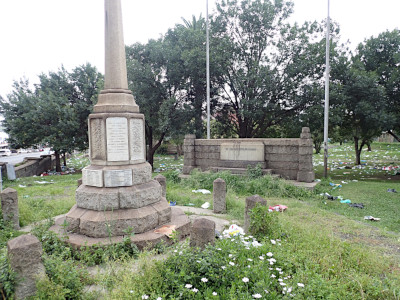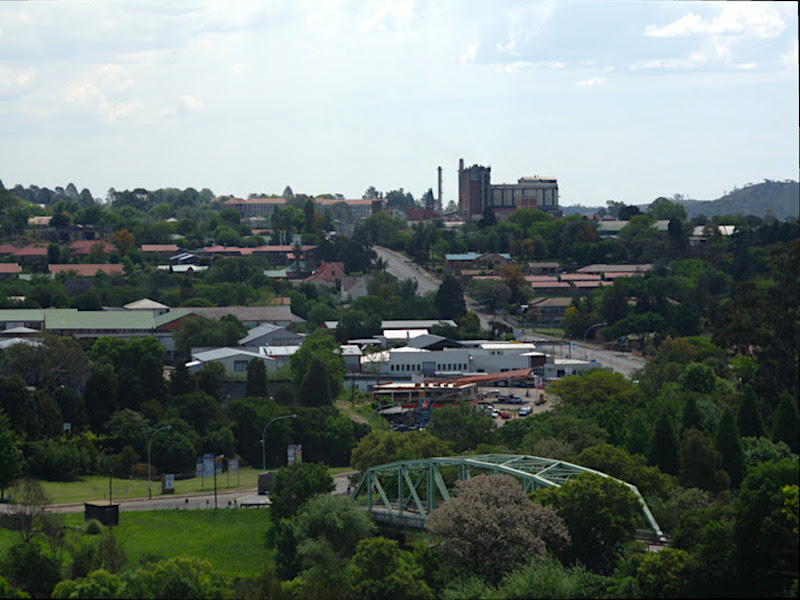Estcourt, KwaZulu-Natal: A Historical Gem
Estcourt, situated at the meeting point of the Bushmans and the Little Bushmans River, holds a significant place in the historical tapestry of South Africa. This charming town in KwaZulu-Natal has seen it all: from early rock engravings to battles and industrial advancements.
The San, South Africa's earliest inhabitants, settled in the Estcourt area long before modern civilizations began. Evidence of these hunter-gatherers is present in rock engravings on the farm Hattingsvlakte, a testament to their existence and four different Iron Age periods. As the Bantu people emerged, the pastoral communities like the Zulu tribe overshadowed the San, pushing them to the Drakensberg foothills. The rise of the Zulu king, Shaka, and his Mfecane movement in the early 19th century, resulted in a significant population shift, making the region appear nearly deserted when the white settlers arrived.
1838 marked the arrival of the Voortrekkers, who camped along the Bushmans River, hoping to negotiate land rights with Dingane, the Zulu king. However, Dingane's assassination of Piet Retief and the subsequent Weenen massacre changed the region's dynamics. The Voortrekker's retaliation at the Battle of Blood River led to the deposition of Dingane. Mpande, his successor, seceded lands to the settlers, making way for the Natalia Republic. Yet, following the Battle of Congella, the British took over, establishing the Colony of Natal.
By 1847, a ford on the Bushman's River had Clem Heeley's inn and trading store. It led to the establishment of a military post and a village, both named after the river. However, the name "Estcourt" became prominent, believed to be named after Thomas Estcourt, a Wiltshire MP. Though there's debate about the origin of the name, Estcourt's significance as a town continued to grow.
Estcourt's strategic location made it a focal point during the Anglo-Boer War. The Boer's rapid advancement to the Tugela river placed Estcourt at the heart of the conflict. It was here that the British General Sir Redvers Buller stationed his headquarters, with Winston Churchill, the then war correspondent, also basing himself in the town.
Estcourt's development was further fueled by the construction of the Estcourt - Weenen railway line in 1907. Although closed in 1983, the line played a pivotal role in transporting agricultural products. Estcourt also saw industrial growth, with Joseph Baynes' milk processing plant paving the way for global brands like Nestlé. Additionally, the town became famous for the Eskort brand, initiated by the Farmer's Co-operative Bacon Factory Limited, which started exporting quality sausages and bacon worldwide.
From its ancient roots to its pivotal role in South Africa's history, Estcourt stands as a symbol of resilience, growth, and progress. Its rich past intertwined with modern advancements makes Estcourt a unique blend of old and new, a must-visit for history enthusiasts and modern-day explorers alike.


